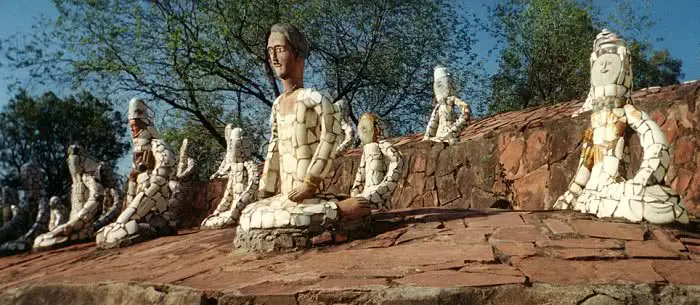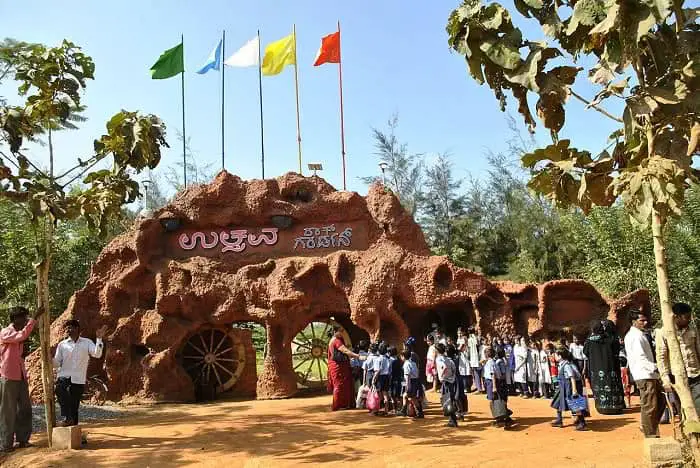Gardens are an important form of public spaces, they give us freedom of expression, initiate interaction and contribute to bringing people together. They give us time away from our busy lives, bringing us closer to nature and giving us a feeling of respite. Rock Gardens and Sculpture Gardens are important landmarks in India and promote public art in the country. Most Rock Gardens in India are very well maintained. One of the cleanest rock gardens in India is Chandigarh’s Rock Garden which is also known as Nek Chand’s Rock Garden. The garden was developed in secret so that the then Chandigarh government would not oppose to it being open. This garden was built during Le Corbusier’s times, although Le Corbusier did not encourage the Rock Garden but his architecture advocated for many open spaces in Chandigarh. Nek Chand’s work in the garden could have been demolished but he sought the support of the public which helped him develop the garden further. The garden is unique as it is completely built of industrial and recycled waste, but the artwork in the garden which is also made of waste, still attract people to interact with the sculptures. There are many waterfalls which are an attractive feature of the garden. People can regularly be seen playing with the waterfall and walking past or contemplating around the waterfall.

Even the sculptures in the Nek Chand’s Garden draw people to touch them and interact with them. Most sculptures are made from recycled ceramic. They are mostly of people and indicate the vibrancy of cultures living around Chandigarh. This garden is a good example of public space in India and sculpture gardens can contribute to bringing people together and creating a community. The Nek Chand’s Rock Garden is still very popular with more than 5 thousand people visiting it on a daily basis and it is also a very popular tourist destination. There are more than hundred sculptures in the garden that attract people on a daily basis. Such creative gardens are necessary to bring the public together and to provide access to public spaces.
Another example of a unique rock garden in India is Utsav Rock Garden in Haveri District in Karnataka. It depicts the rural village life and the lifestyle of people in North Karnataka through its many sculptures. Unlike the Rock Garden in Chandigarh, the Utsav Rock Garden is made of cement and depicts real-life sculptures of people doing their daily work such as typical farming methods or rearing cattle. It has also won eight awards for best and unique rock garden not only in India but also the world. There are more than a thousand sculptures in the gardens and people are encouraged to walk around the sculptures and engage with them. They also bring awareness to the rural and village life in India which is usually not depicted in gardens. For instance, there is a sculpture of a family rearing cattle and other sculptures encouraging farming techniques indicating that animals and farming are an important source of livelihood in the rural life. Although many of these techniques show the traditional life cycle, it is in many ways still practiced in today’s village life. Very few sculpture gardens are known to depict such intricate details of a region and the Utsav Rock Garden is exemplary for the symbols and meanings understood through the sculptures.

These sculpture gardens indicate that Rock Gardens form an important part of Indian public spaces. More gardens like these need to be encouraged so that people can make the most of the facilities that the place offers for the public. Although there is a small maintenance fee to enter these two rock gardens, they are positive affirmations for artistic and public well being. They instill a creativity in people and promote artistic endeavors in the public realm. These sculptures are a part of public art in India and an example of a well maintained public space. They inspire the municipality and the local Indian people to get together to create more public spaces that instigate thought and action in the public.